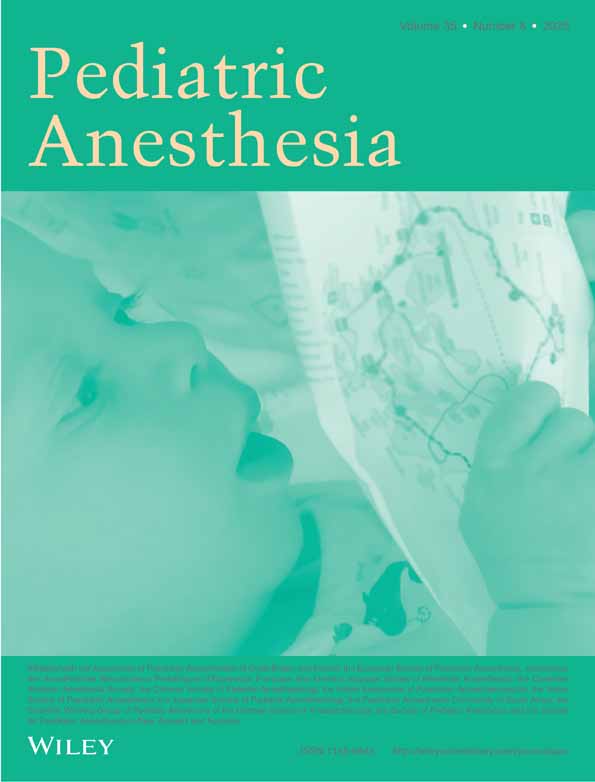Blood loss during posterior spinal fusion surgery in patients with neuromuscular disease: is there an increased risk?
Summary
Background Scoliosis surgery in paediatric patients can carry significant morbidity associated with intraoperative blood loss and the resultant transfusion therapy. Patients with neuromuscular disease may be at an increased risk for this intraoperative blood loss, but it is unclear if this is because of direct vascular pathophysiological changes or the fact that neuromuscular patients typically have more extensive orthopaedic disease and more vertebral segments involved. This study examined the risk of extensive blood loss (>50% of total blood volume) in patients with neuromuscular disease compared with patients who did not have neuromuscular disease when the extent of the surgery (number of segments fused), age and preoperative coagulation profile where taken into consideration.
Methods Retrospective chart review of 163 paediatric patients was preformed. Patients who carried a diagnosis of preexisting neuromuscular disease were classified as such. Idiopathic, traumatic and iatrogenic scoliosis were classified as nonneuromuscular. Extensive blood loss was defined as >50% of estimated total blood volume. Logistic regression was used to predict the risk of extensive blood loss between the two groups when age, weight, extent of surgery was controlled for and anaesthetic and surgical techniques remained similar.
Results Patients with neuromuscular disease did not vary significantly in age, weight, or preoperative haematocrit and platelet count from patients without neuromuscular disease. Neuromuscular patients did have significantly more vertebral segments fused. When this difference was controlled for statistically, neuromuscular patients had an almost seven times higher risk (adjusted odds ration 6.9, P < 0.05) of losing >50% of their estimated total blood volume during scoliosis surgery.
Conclusions Patients with neuromuscular disease can present various anaesthetic challenges during scoliosis surgery, among these is the inherent risk of extensive blood loss. Recognizing this may help anaesthesiologists and surgeons more accurately prepare for and treat intraoperative blood loss during scoliosis surgery in patients with neuromuscular disease.




